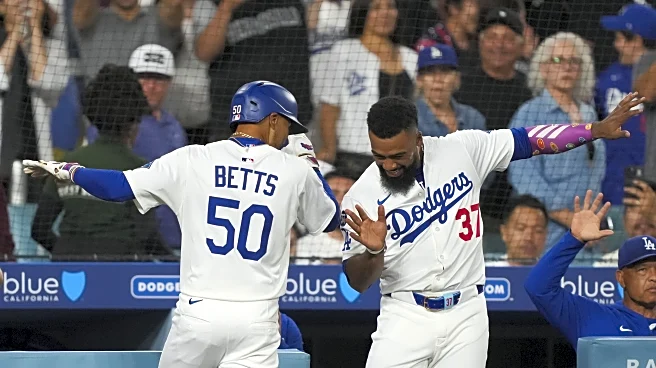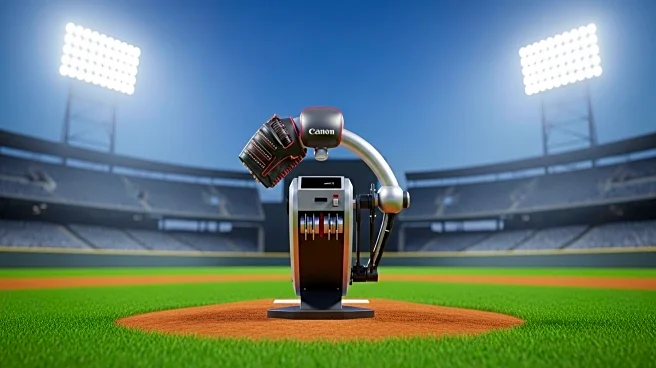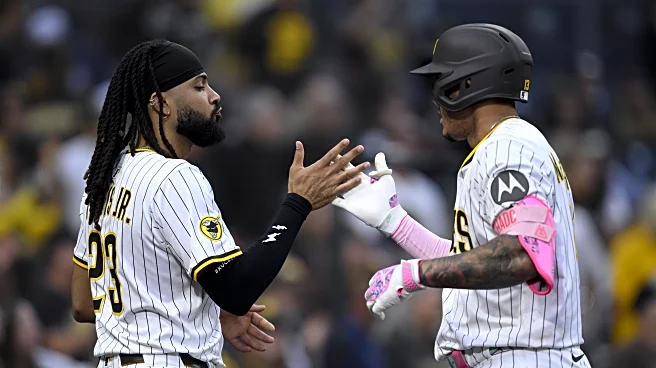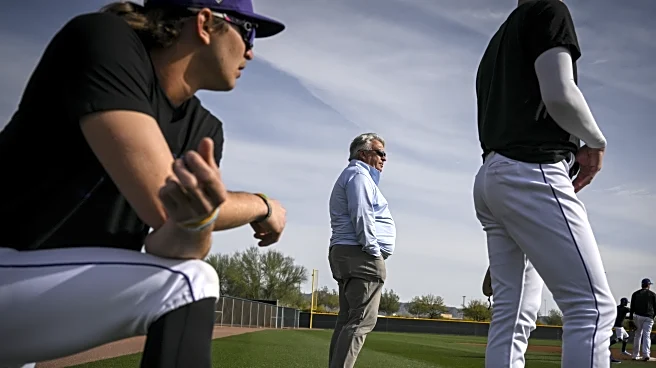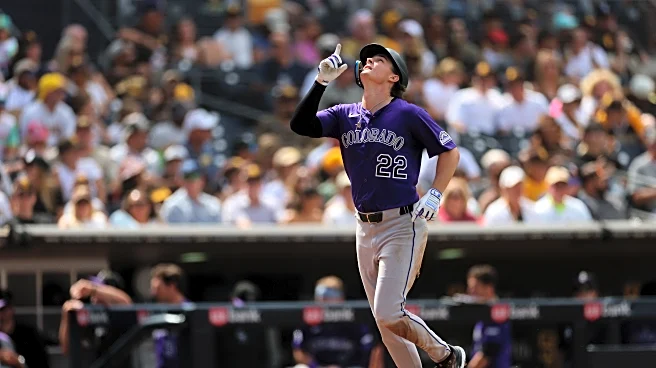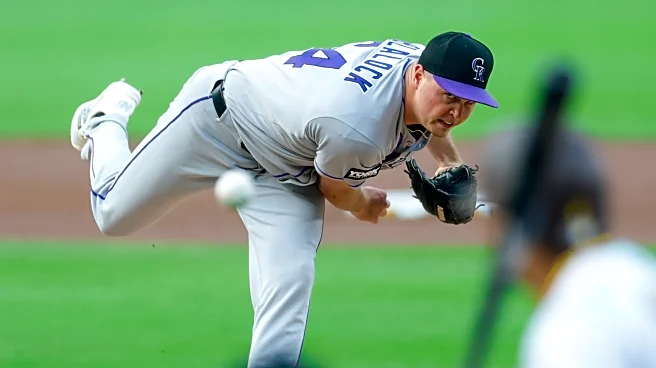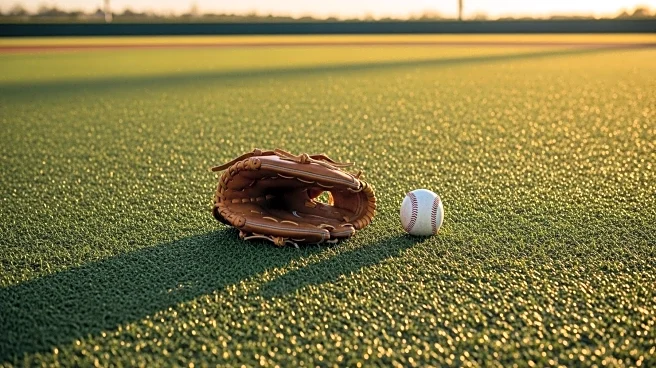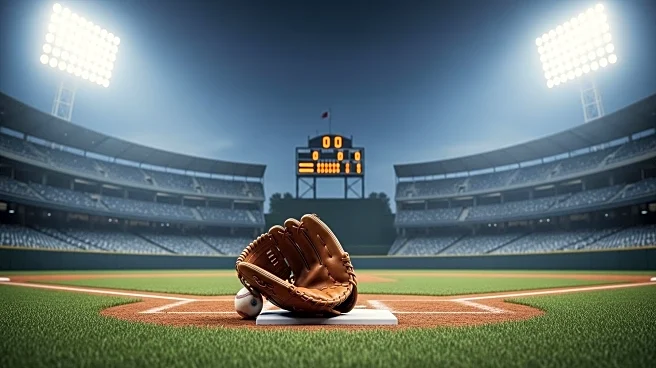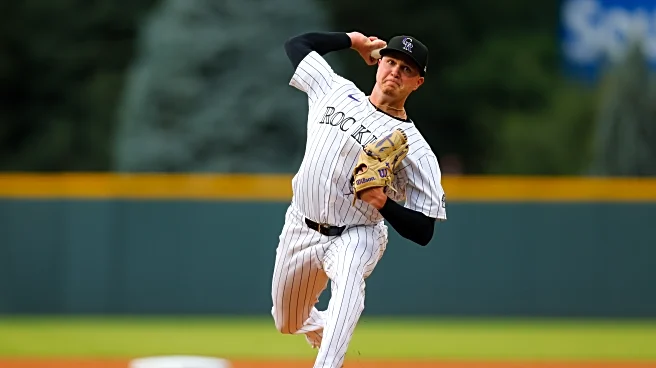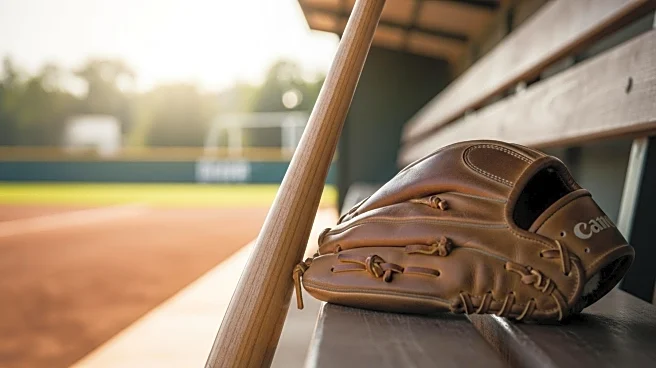Chase Dollander made his MLB debut this season on April 6th against the Athletics at Coors Field. In that debut, the 2023 ninth-overall pick tossed five innings, allowing four runs (two homers) on seven hits with one walk and six strikeouts. The Rockies won 12-5.
It looked like the start of a highly-anticipated and very promising career for the 23 year old.
Dollander went on to make 21 starts with the Rockies in 2025 before suffering a season-ending knee injury at Dodger Stadium on September 8th.
The
most-unfortunate part of the injury is that it happened in the middle of one of the best starts by a Rockies pitcher all season. In that game, he went toe-to-toe with Tyler Glasnow in a no-hitters duel (Dollander lost his in the fifth inning, while the Dodgers lost theirs in the ninth). He allowed just one hit and one run over five innings with one hit batter, two walks and five strikeouts.
But it was a bright spot for the young right-hander to end on after an up-and-down season.
“[This season had] a lot of ups and downs, for sure,” Dollander said. “A lot of learning moments, and a lot of growing pains, I guess you could say. But most importantly, I took a lot of positives from it. If you focus on all the negative stuff, you’re not going to get too far. So trying to be positive about it, knowing I ended on a good note. I finally started to feel like I was making some ground on some stuff, and I’ve got to take that into the offseason and into next season.”
One of the things that plagued Dollander all year was his penchant for giving up home runs. In 21 starts, he allowed 18 home runs (1.38 HR/9). In each of his first three starts, Dollander allowed multiple home runs and gave up eight total over the course of those three starts. The homer rate did decrease as the season went on, but it was still something that plagued Dollander.
He dealt with some forearm tightness in May and June that landed him on the IL, which might have contributed to some of it, but eventually Dollander was optioned to Triple-A Albuquerque on July 7th and he was not recalled again until August 11th.
Upon his return, there were notable improvements, namely in his home run and strikeout rates.
The biggest lesson for Dollander in those moments was “how important it is to command the fastball.”
“I could get away with just throwing a fastball in the middle of the zone, kind of top rail, and in the minor leagues I would get away with it no matter what happened,” he continued. “And [in MLB] it’s like if you fall behind in a count and do that, you’re gonna get punished for it. So having the command and how important it is to throw strike one and win 1-1 counts [are important lessons].”
But with lessons also come highlights.
“My debut was a lot of fun, obviously,” Dollander said, “but another highlight for me would just be the growth I had. I feel like I came in as a thrower and left as a pitcher. In college and up until now, in the minor leagues and such, I could just get away with a really good fastball. And because I lost the shape on it a little, I had to figure out how to pitch. So now, going into the offseason, it’s like ‘Hey, we’re gonna get the fastball back, but also you know how to pitch now.‘ So it’s gonna be dangerous.”
And with highlights and lessons come adjustments. For Dollander, there were a lot of mental adjustments.
“It was just a mindset switch for me,” he said. “Especially in that last start, I basically got tired of just being timid. I wanted to go out there and prove to the league, ‘Hey, I belong here and I’m going to be a problem for hopefully the next 12-15 years.‘ So I made a statement. I truly believe that I have the stuff and the mindset and everything to be the best pitcher in the world, so I’m looking forward to building on that.”
Throughout the season, the Rockies saw 13 players make their MLB debuts, but they also had some young guys who debuted last year but hadn’t yet eclipsed one year of service time (such as Tanner Gordon). And throughout the managerial/coaching transitions, as well as their transitions to being Major League Baseball players, they all leaned on each other but also looked to the veterans on the team for direction.
“This whole locker room is very tight knit. We’re all really close,” Dollander said. “You can learn a lot of different things from a lot of different people. I’ve been picking the brains of the older guys here — [Kyle] Farmer, [Kyle] Freeland, [Germán] Márquez, [Antonio] Senzatela — just to see what they see after my outings and what I can improve on in their eyes, whether it’s pitching, whether it’s mental, whether it’s attacking hitters in a certain way, things like that.”
And interim manager Warren Schaeffer has also helped keep Dollander accountable this year.
“Schaeff and I just by ourselves had some tough conversations,” he said. “He’s always wanting to learn because he always says he’s not huge on the pitching side. He was always with position players and helping those guys out. So he’s learning as much as he can about pitching, and that’s one thing that I really respect about him. He’s always asking questions like ‘What do you think you did well? What can you do better? This is what I saw, and this is what I think you can improve upon.’”
Looking ahead to 2026, Dollander will have to keep tinkering with his breaking balls and commanding the fastball so he doesn’t give up as many home runs. There were flashes of that at the end of the year, so it will be a matter of continuing those adjustments. A rookie season is a learning moment for any young player, and then it’s a matter of how they come back in their sophomore year. Dollander seems to have what it takes to be “a problem” for a while. It’s just a matter of harnessing that confidence to make him truly effective.

